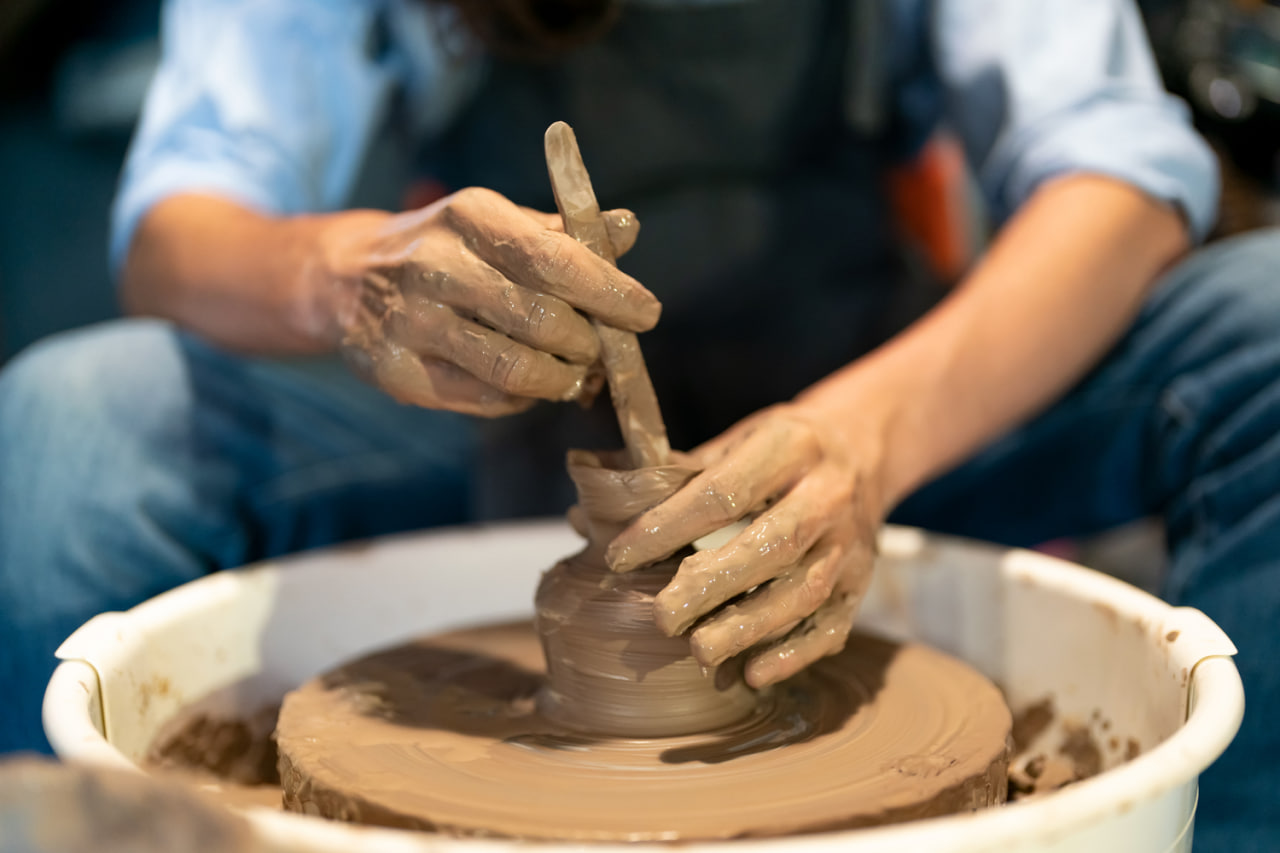From Hobby to Handmade Business: Selling Your Clay Creations
Turning a clay crafting hobby into a small business can be a fulfilling and profitable endeavor. Decorative clay pieces, from miniature sculptures and jewelry to home décor, have strong appeal in handmade marketplaces. However, transforming a creative passion into a successful venture requires planning, strategy, and knowledge of both artistry and business practices. This guide outlines the essential steps to help you start selling your clay creations confidently.
Finding Your Niche
Before selling, it’s important to identify your niche. Ask yourself what type of clay creations you enjoy making most and what products people are likely to buy. Your niche could include decorative home accents, personalized gifts, clay jewelry, or seasonal ornaments. Focusing on a specific area allows you to refine your skills, create a recognizable style, and target your audience effectively.
Perfecting Your Products
High-quality craftsmanship is key to attracting customers. Ensure that each clay piece is well-formed, properly painted, and finished with durable sealants. Pay attention to details such as symmetry, texture, and surface finishing. Test the durability of your creations to guarantee they can withstand handling or shipping. Consistency and quality in your products build trust and encourage repeat customers.
Pricing Your Creations
Pricing handmade clay pieces can be challenging, but it is essential to cover costs and earn profit. Calculate material expenses, your time, and overhead costs such as tools and packaging. Research similar products in the market to gauge competitive pricing. Consider offering different price points, such as small charms, medium decorative items, and larger statement pieces, to appeal to a broader audience.
Marketing Your Work
Effective marketing is critical to growing a handmade business. Start by photographing your creations professionally, ensuring clear images that highlight details and colors. Utilize social media platforms like Instagram, Facebook, and Pinterest to showcase your work and connect with potential customers. Creating a website or online shop on platforms such as Etsy allows you to reach a wider audience and manage sales efficiently.
Building Your Brand
Your brand represents your style, values, and vision as a clay artist. Develop a cohesive brand identity, including a logo, color palette, and packaging design. Consistency across your products, online presence, and social media builds recognition and trust. Personal touches, such as handwritten notes or branded packaging, enhance the customer experience and help differentiate your business.
Managing Orders and Shipping
Once you start receiving orders, efficient handling is essential. Carefully package each clay item to prevent damage during transit, using bubble wrap or eco-friendly alternatives. Include care instructions and maintain clear communication with customers regarding shipping times and tracking. A smooth ordering and delivery process encourages positive reviews and repeat business.
Expanding Your Product Line
As your business grows, consider expanding your product offerings. Introduce limited-edition pieces, seasonal collections, or customized items based on customer requests. Diversifying your product line keeps your audience engaged, showcases your creativity, and increases revenue opportunities.
Networking and Learning
Joining crafting communities, attending workshops, and collaborating with other artists can provide inspiration, support, and opportunities for growth. Learning new techniques and staying informed about market trends allows you to evolve your craft while keeping your offerings fresh and appealing.
Balancing Creativity and Business
Running a handmade business requires balancing artistic expression with practical business management. Allocate time for both creating and handling administrative tasks such as marketing, accounting, and customer service. Establishing routines and systems ensures that your passion remains enjoyable while your business remains sustainable.

